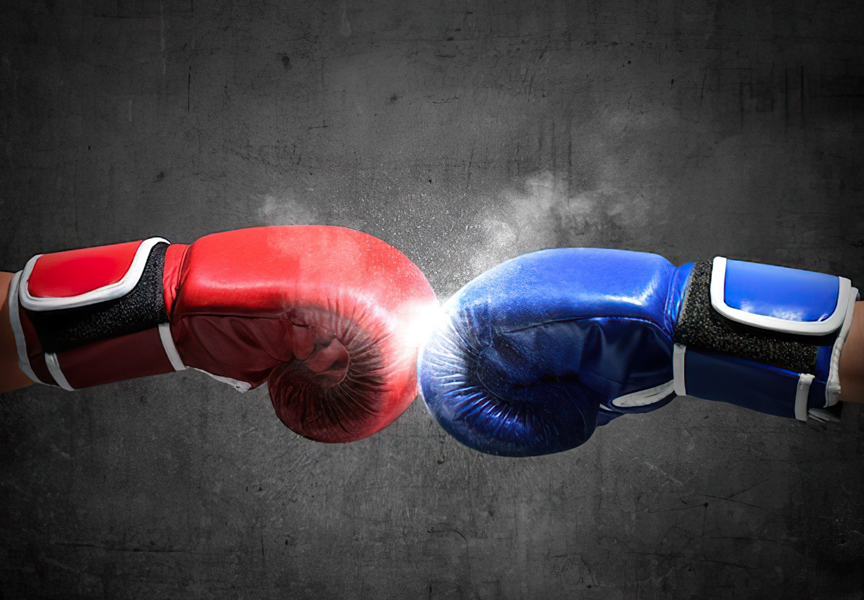Random Free Articles
- True Essence of Martial Arts
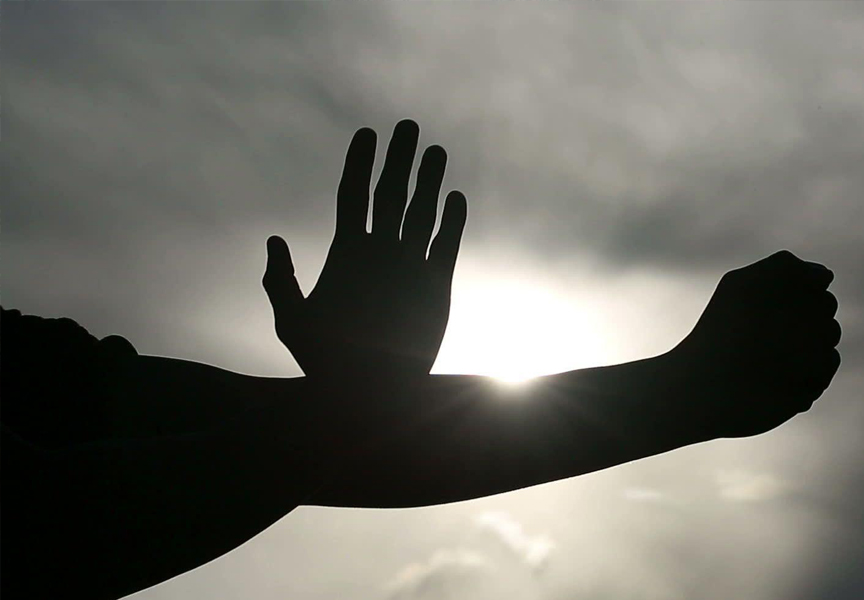
A Journey of Inner Cultivation In a world that often associates martial arts with physical prowess and the development of a sculpted body, it is time to shift our perspective and recognize martial arts as a form of art that transcends the boundaries of mere physicality. Beyond the kicks, punches, and acrobatics, martial arts demand a deeper commitment to inner cultivation, fostering a harmonious connection between the mind, body, and spirit.…
- The Role of Belts in Kung Fu
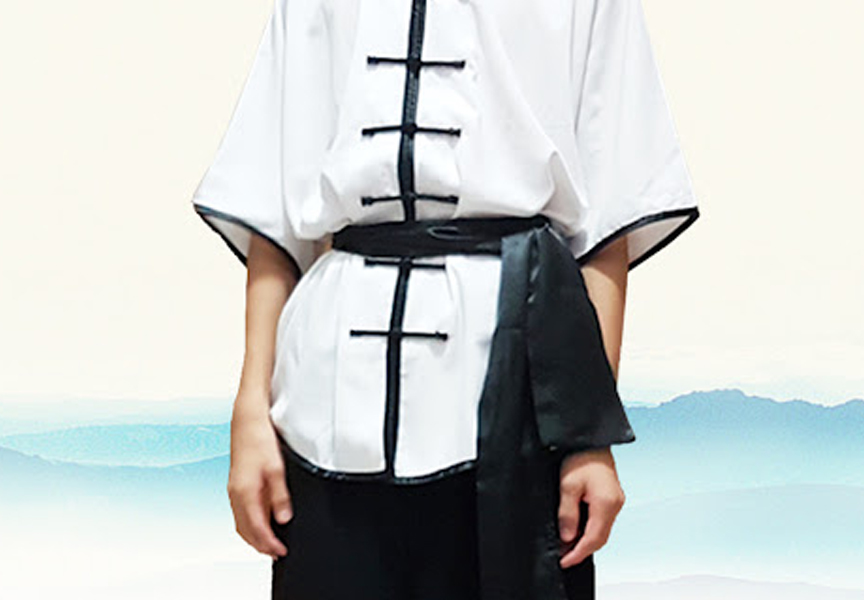
Kung Fu, a traditional Chinese martial art, is not only a physical discipline but also a way of life that encompasses philosophy, self-discipline, and spiritual development. Within the realm of Kung Fu, belts play a significant role in symbolizing a practitioner's level of skill, dedication, and understanding of the art. In this article, we will explore the history, meaning, and importance of belts in Kung Fu. Historical Context The…
- Martial Arts for Seniors
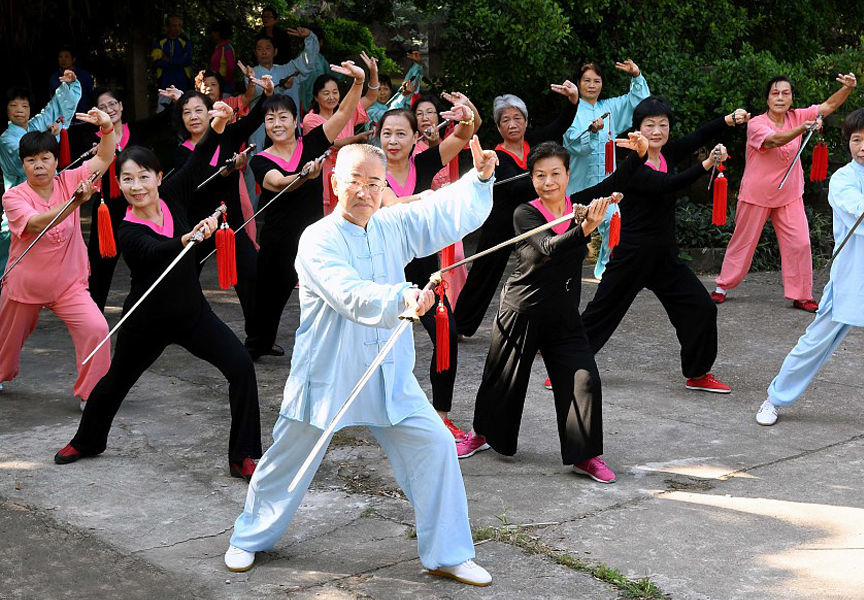
Breaking Stereotypes and Embracing Wellness Martial arts has long been associated with strength, agility, and discipline, typically seen as a pursuit for the young and physically fit. However, as attitudes toward aging and health evolve, so does the perception of activities like martial arts for seniors. The question arises: Is martial arts suitable for old people? In this article, we will explore the numerous benefits of martial arts for…
- Shaolin Ying Qigong

Shaolin Ying Qigong or Hard Qigong as it is referred to in English, is a Shaolin Martial Art art and has been around for many hundreds of years. It was originally used to train the body to withstand strong blows and attacks in the days when there were no guns but only the traditional Chinese weapons of spears, broadswords and knives. Qigong has both extensive and profound knowledge of the cultivation of the human body. Shaolin Ying Qigong can…
- Manifesto of a Master
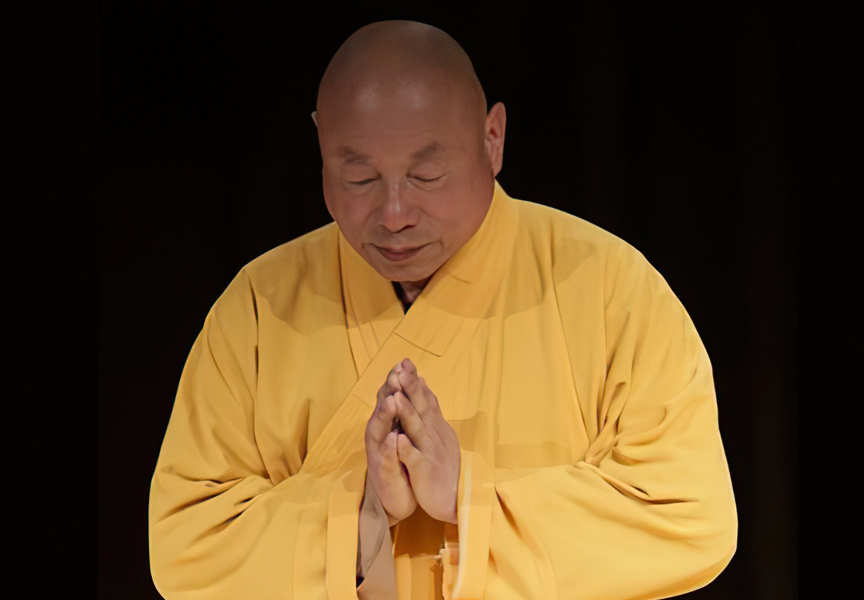
Embracing Martial Arts as a Path of Personal Growth In this sacred space of learning and discipline, I declare my commitment to the essence of true martial arts education. I am not a coach but a teacher, fostering the development of students, not athletes. This is not a sport; it is an art, a philosophy, and a way of life. I Have Students, Not Athletes: My purpose is to guide individuals on a journey of self-discovery and self-mastery. The…

